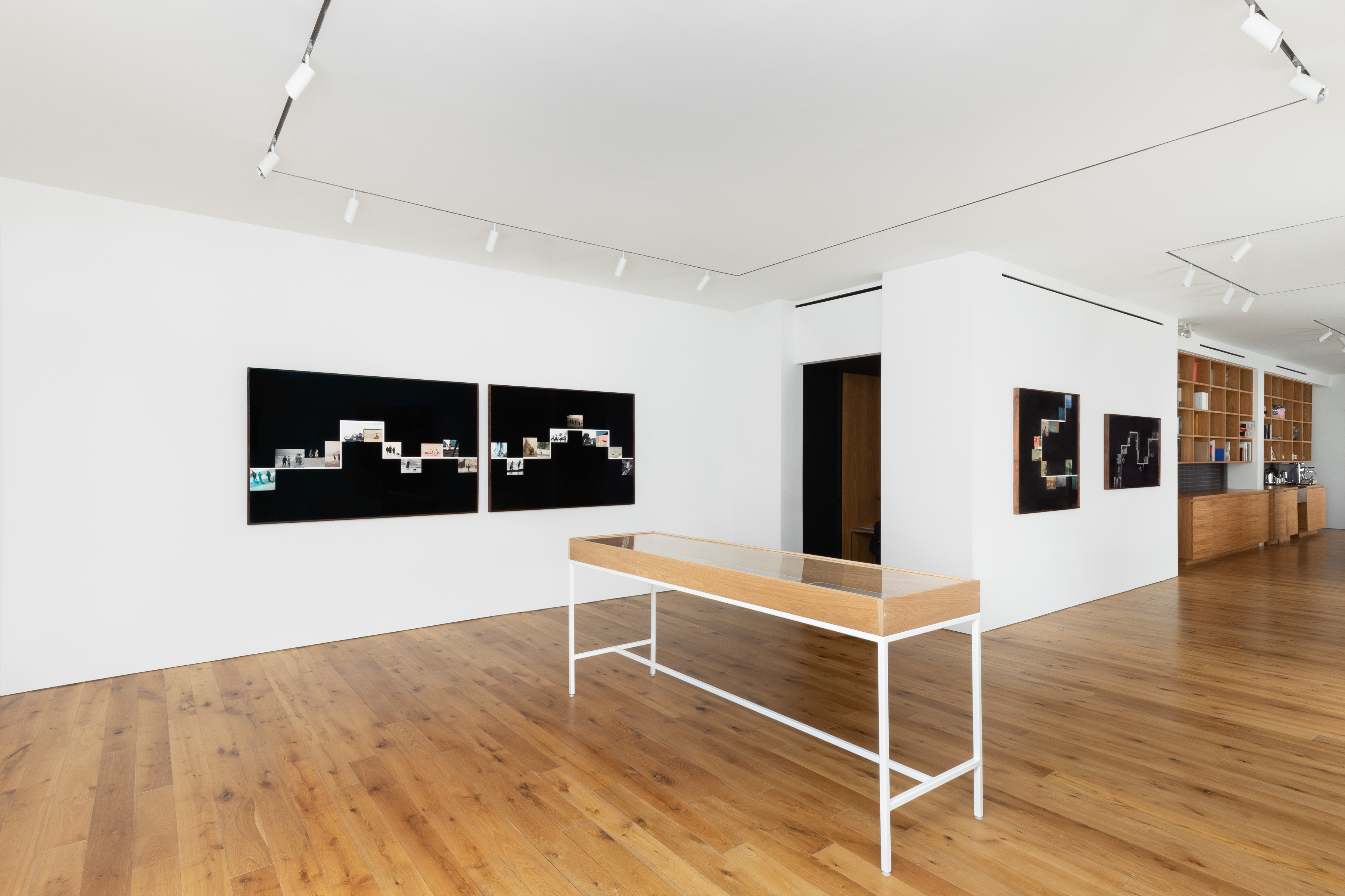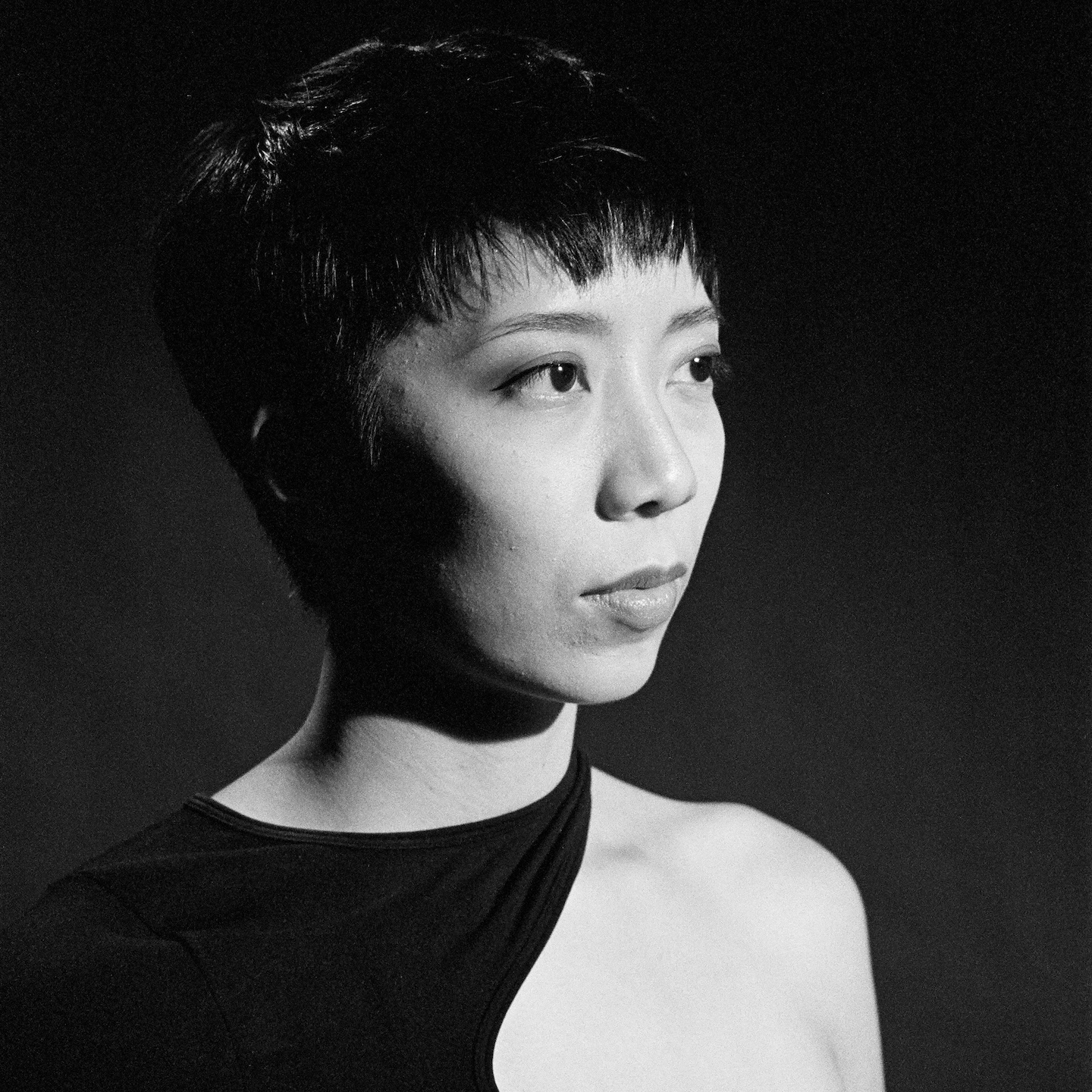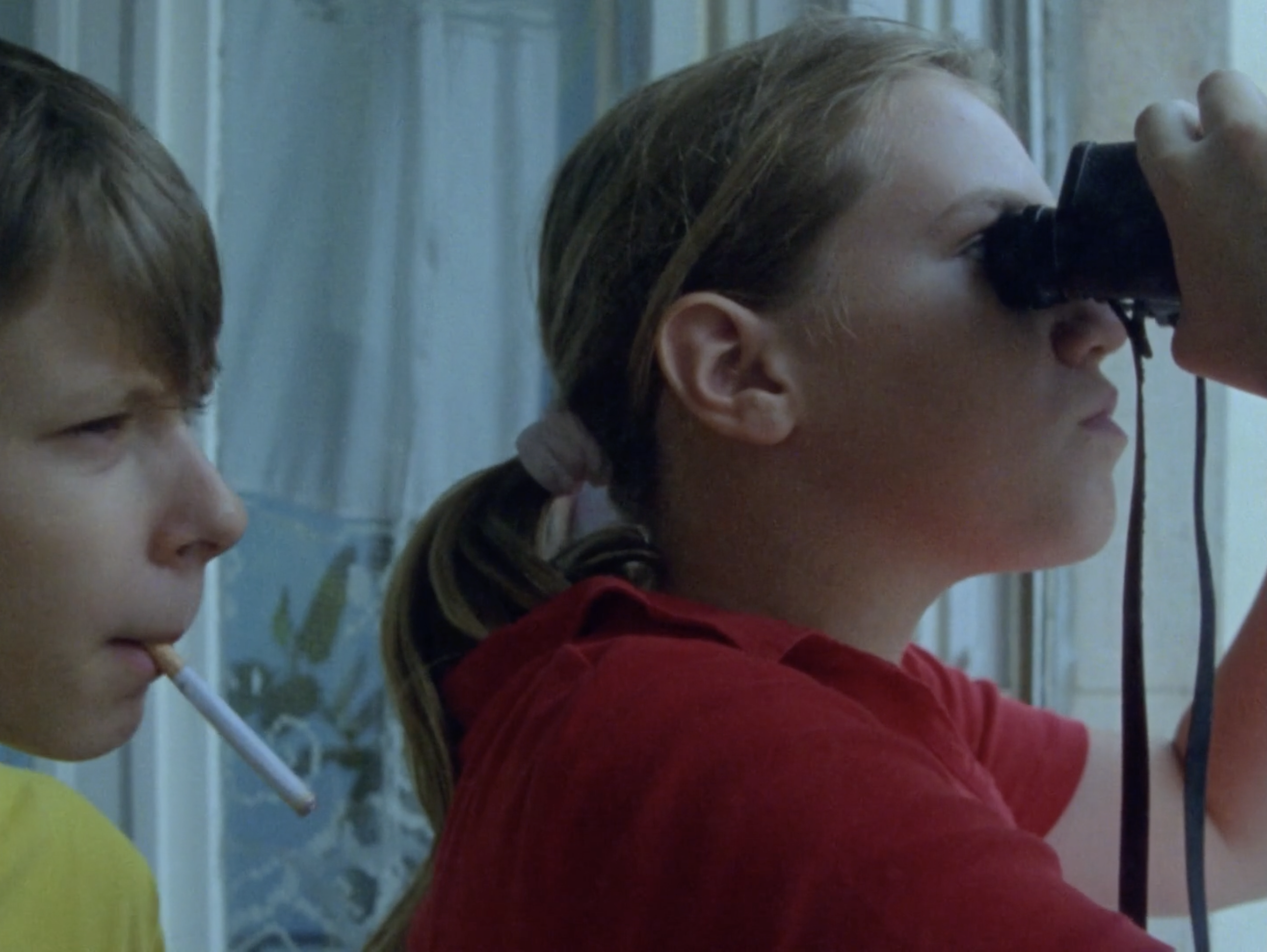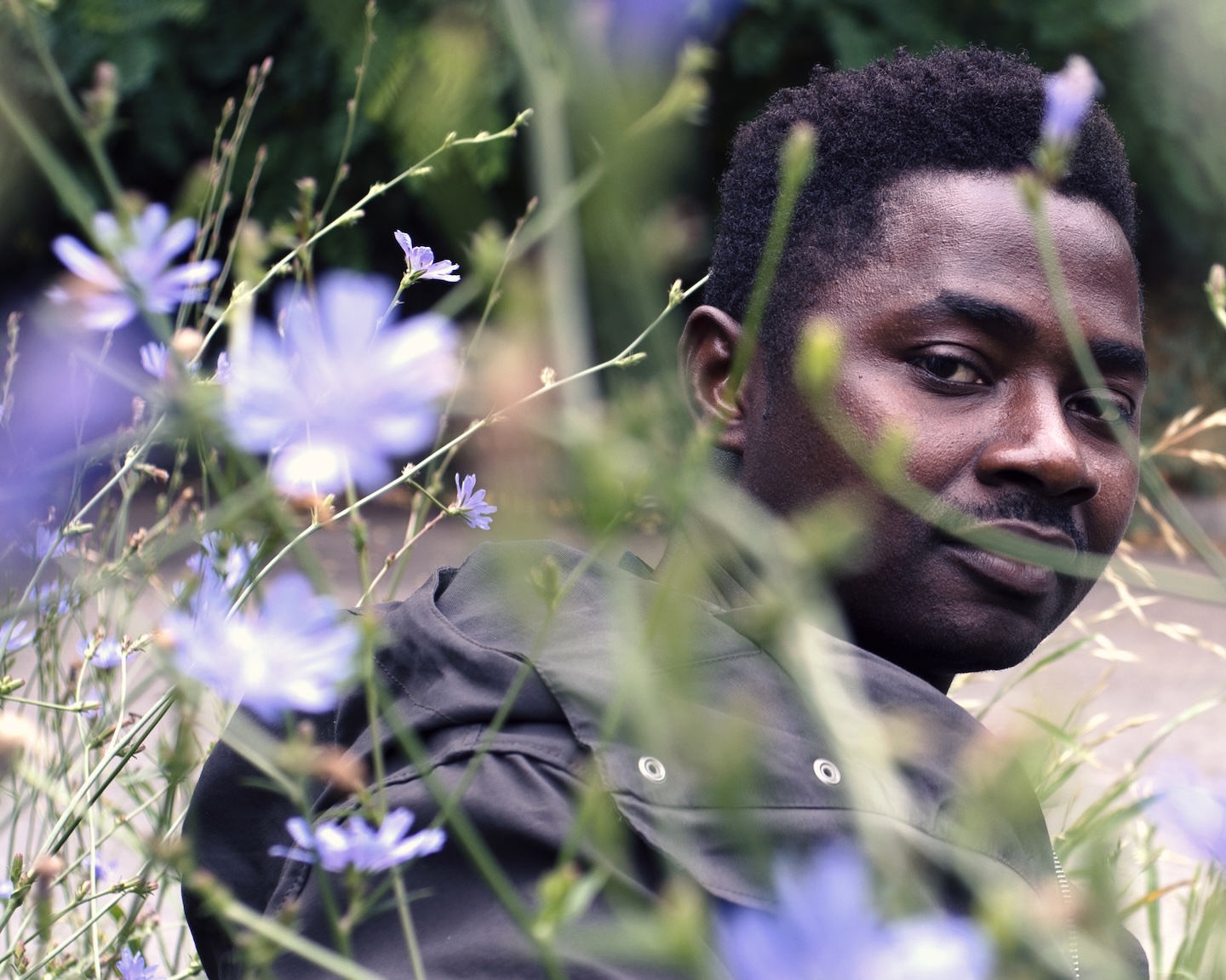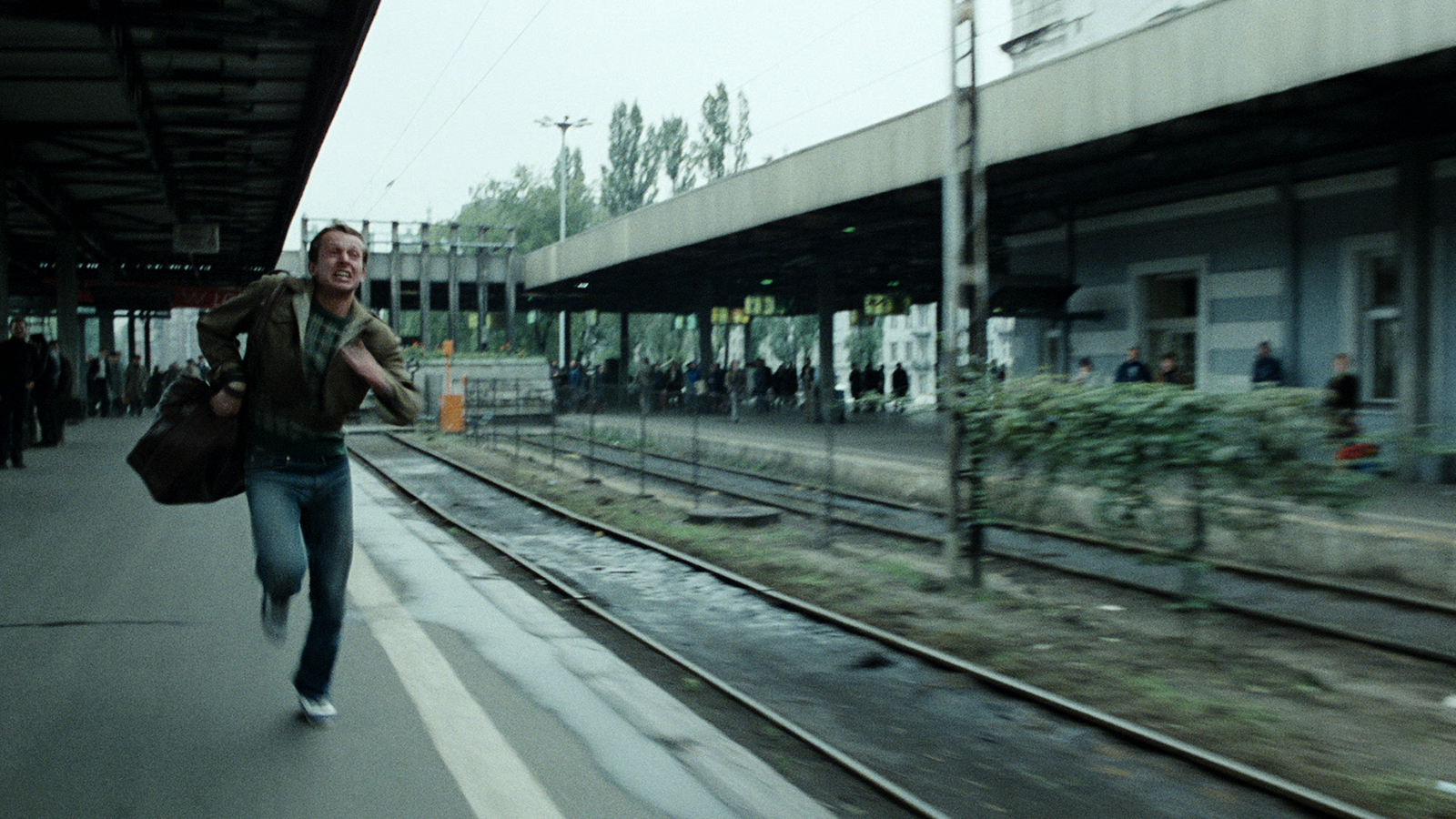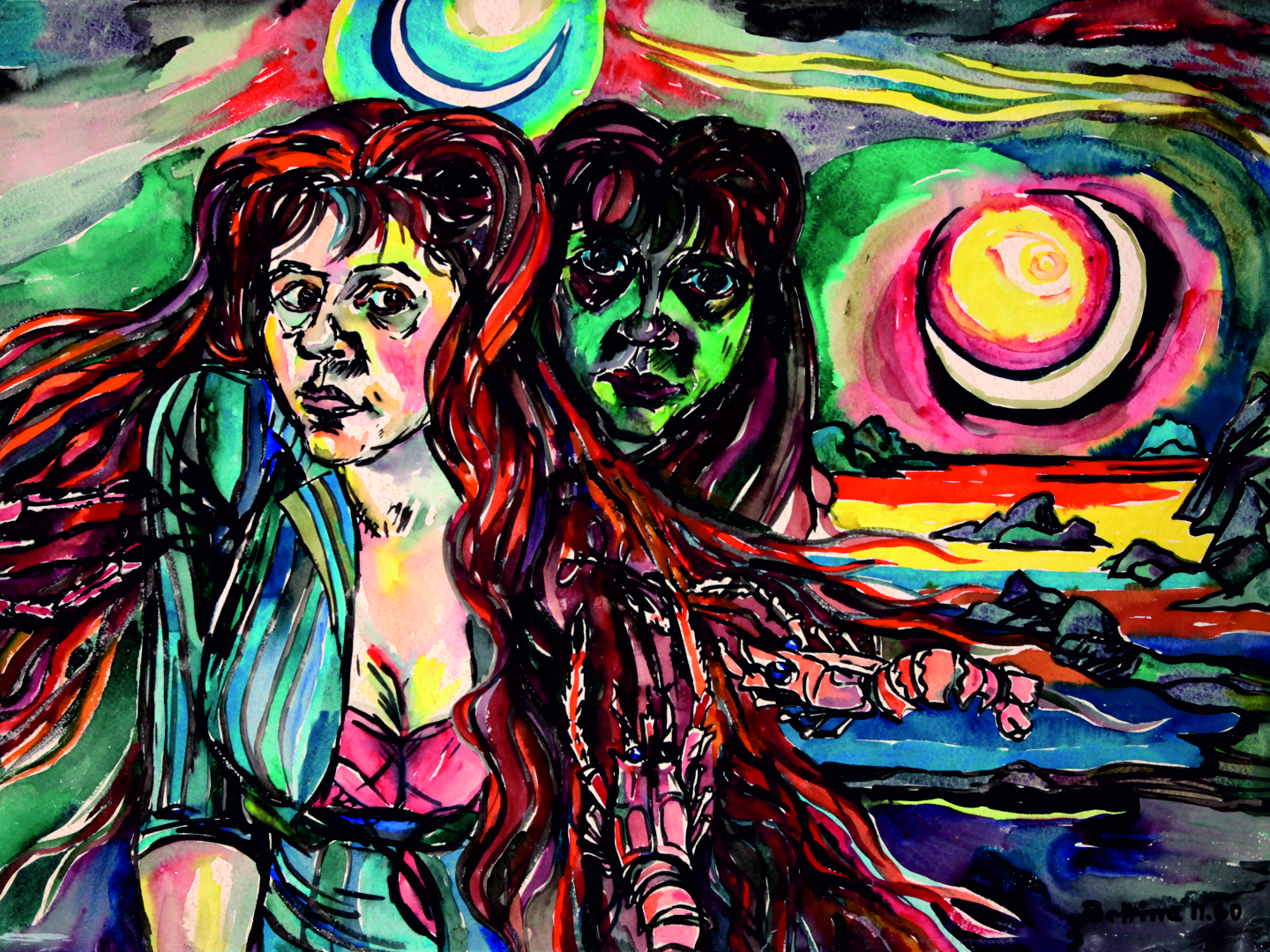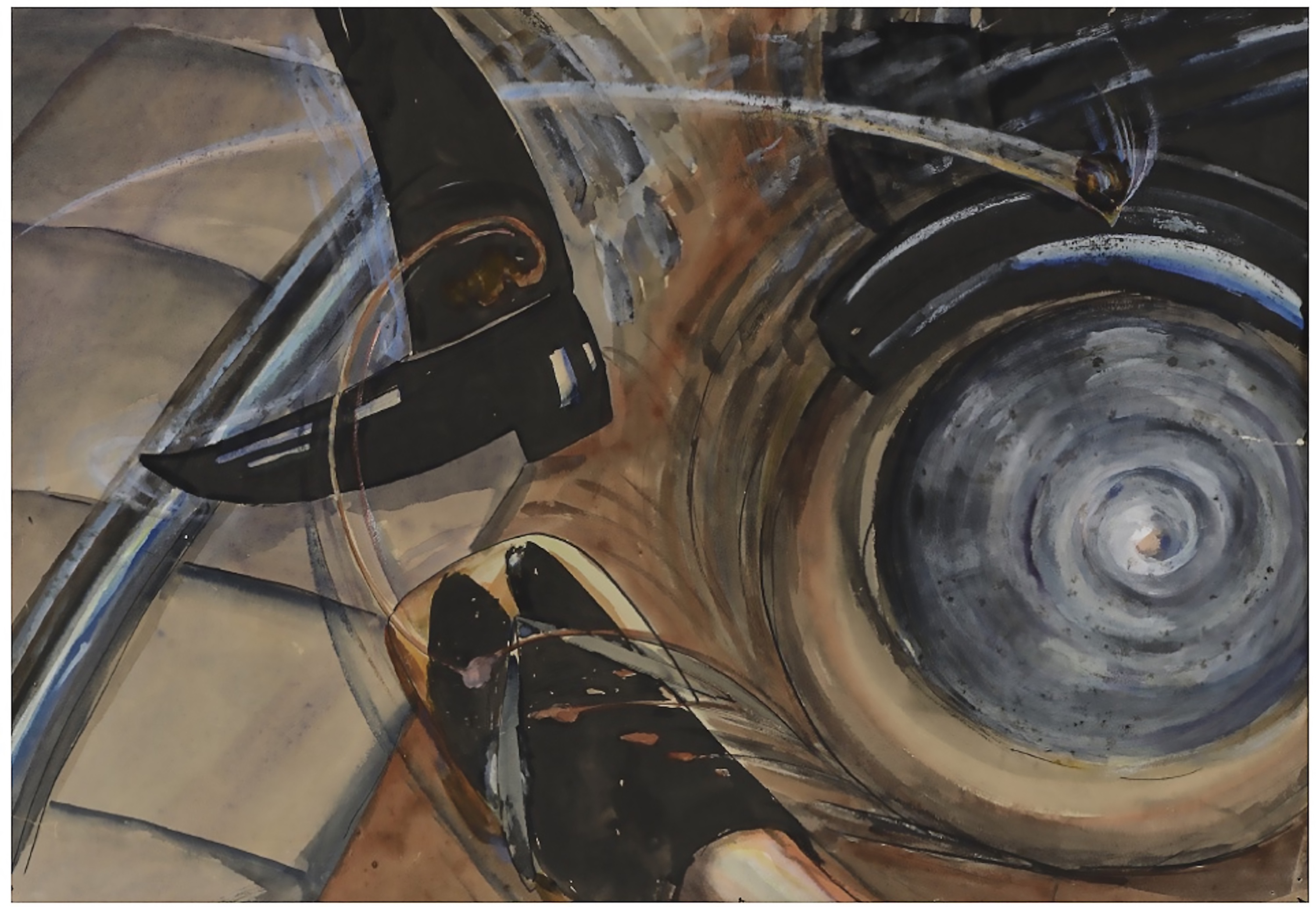Marginalia
October 5–December 7, 2019
New York 10065
USA
kurimanzutto presents Marginalia, the first solo exhibition in New York by Iñaki Bonillas.
In painting and sculpture, everything starts with a fixed, singular original. Then come the copies. Art books are full of them: duplicates that seek to reproduce the origin, sometimes with great faithfulness, sometimes with absolutely no respect for what was there at the start. Photography, however, is always a copy or a reproduction of itself. As observed by David Campany, expert in photography, “A painter cannot paint their painting and then decide how big it will be, or what material it will be made from,” such variables are intrinsic to the work from the beginning. But a photographer can do this, because the photographic image has no essential relationship with the scale or material chosen to present it. A photographer, takes a photo and then decides: “Are you going to view it on your phone? Are you going to print it out?... Is it going to be a billboard? Is it going to be a T-shirt? Is it going to be a fine art print? Is it going to be a record cover?” And so, when we look at a photograph, what we actually have in front of us is a series of decisions, ranging from the original framing to the final presentation of the image. Someone decides, on this particular occasion, to show it in a certain way: large, glossy, in black and white. On a different occasion, the same image might appear in such a different configuration: small, matte, in color, that it barely evokes the other at all. Books, then, are among the natural fates of photography. There, they live happily just as they are: as surrogates.
Photography books are spaces in which images can unfold freely. We need only look for the same photo printed in two or three different books to understand that we don’t really know anything about it. After all, in its multiple manifestations, a photo is sometimes sepia, sometimes black and white, sometimes yellow. The framing can be as variable as the size, contrast, and even the quality, depending on the printing method. Is any of these better than the others? It’s impossible to say. Another distinguishing feature is how images are laid out on the page: sometimes they appear alone, easily filling the entire expanse of the paper; sometimes they’re presented as a group, forming a grid or an unexpected composition, so tiny, it looks more like a stamp collection than anything else.
If we are attentive to the para-photographic, we notice the peculiarity of the paths, almost always white, that form around sets of images. Thus, Marginalia was born: a series of collages in which the margin occupies the center of the composition and the bits of photographs construct micro-narratives around the labyrinthine white trails that lead us around the page. This is a way to approach the photographic act, from the edges, moving away from the heart of the images to observe them obliquely. What stands out doesn’t seem to matter very much, but is an essential part of our everyday photo-consumption: everything that, precisely because it is found at the fringes, clearly reveals how we tend to interact with images. And images, that themselves are not solid bodies, like paintings, like sculptures, but are increasingly liquid and fluid ones.
Hours: Tuesday–Saturday 11am–6pm

